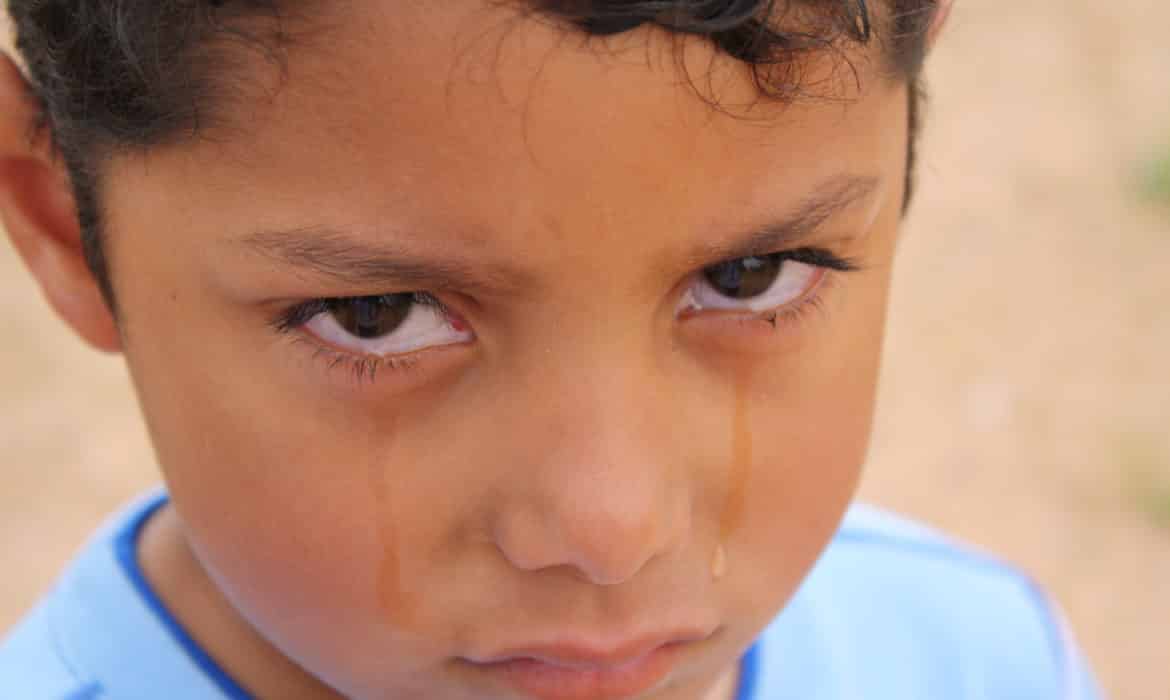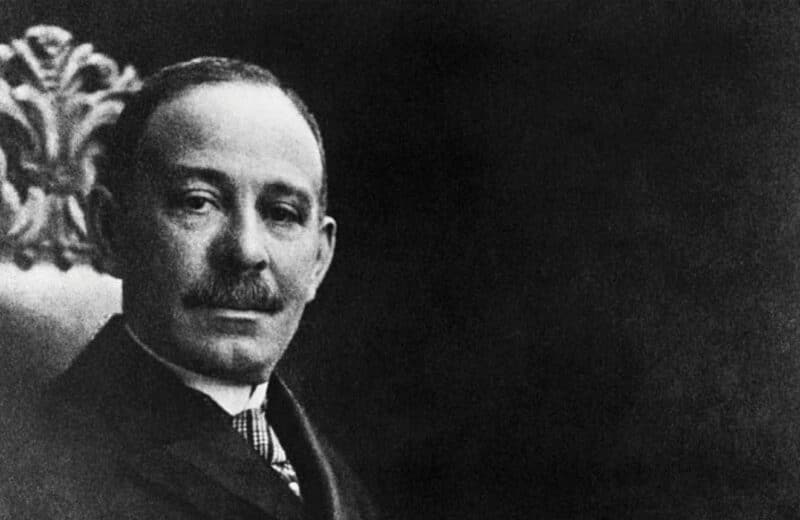Ripped apart. That’s one way to describe what’s happened to families seeking asylum at the U.S.-Mexico border.
Traumatized. That’s one way to describe the impact. And as it turns out, it’s clinically accurate as well.
When headlines broke earlier this year about the routine practice of separating migrant children from their parents or caregivers at the border, many became up in arms. Millions of dollars were raised to help these families through their legal battles. Professional organizations associated with more than 250,000 physicians issued statements, decrying the separation practices.
But beyond the news articles, denouncements and gut-wrenching photos, and regardless of the political views, there remain the families who have been forever traumatized. And that trauma can have mental and physical health effects on children and their parents for their lifetime.
What is trauma?
To have a conversation about trauma and its dark legacy, we first have to define it.
Trauma, explains the DSM-5, the clinical handbook for diagnosing mental disorders, comes from exposure to actual or threatened death or serious injury. It can also include witnessing such an event or learning about another family member’s traumatic experience.
From a child’s perspective, family separation creates trauma by ripping away their support system. The people who have always met their basic needs — for food, shelter, affection, care — are torn from them. The children are alone, without their caregivers and without support.
“In these family separation situations, children simply don’t know how or when their needs will be met,” says Shari Harding, an assistant professor of nursing at Regis College in Weston, Massachusetts, and a board-certified psychiatric mental health nurse practitioner.
Trauma isn’t like a pair of sunglasses that you can just take off. It becomes the lens that those impacted see the world through.”
Parents are traumatized too, she says. “Parents watch their children being taken away and don’t know who will provide for them, much less when or if they’ll ever see their children again.”
Thousands of children and their parents have been affected. According to the Department of Homeland Security, 1,995 children were separated from 1,940 adults at the U.S.-Mexico border in only six weeks between April 19 and May 31, 2018. At conservative estimates, the practice has created more than 4,000 unnecessary instances of trauma, many of which will have life-long consequences.
Even for the families who have been reunited, the path to healing can be a long one. The impact of trauma is lasting, and survivors are in need of long-term care.
“Trauma isn’t like a pair of sunglasses that you can just take off,” Harding says. “It becomes the lens that those impacted see the world through.”
What reunification can’t erase
Aimee Hilado, PhD, LCSW, is the senior manager for The Wellness Program at Chicago-based RefugeeOne, a nonprofit that provides resettlement services to the largest number of refugees in Illinois. Each year, The Wellness Program and its three licensed therapists serve between 350 and 400 adult and child migrants, each with their own harrowing migration stories.
While reunification can make families whole in numbers, family members themselves might still be in parts. Children are especially vulnerable during the migration journey. Their neurological pathways are still forming when family separation events occur, and even after reunification, traumatic effects continue to compound.
“Before a family comes here, they may carry the trauma already experienced in the place they call home,” Hilado says. “When they arrive, they may gain the better education, healthcare and resources they’ve waited decades to access, but they live each day with new threats such as having their green cards revoked and being deported. They also are connected to family back home and see what is happening in their home country in the news. It’s yet another level of ongoing trauma and a threat to their sense of safety.”
For children who have experienced family separation and other trials of the migrant journey, their paths to healthy and whole lives can be wrought with obstacles. Younger children may retreat from social interactions and have difficulty sleeping or they may become aggressive. Older children may have difficulty with concentration and building relationships. Often, children see parents living with the fear of being returned to the place that they escaped from or having unwelcomed experiences here in the U.S. This causes additional stress in the family as children learn from what they observe, adding to the compound/complex trauma.
“When children are spending so much energy managing intense emotions and trying to appear okay, they’re not setting themselves up to be ready to learn and absorb any new information. They may get stuck in that tough, emotional place,” Hilado says.
Providing community
How do you explain the trauma inherent in the migrant journey to someone who’s never experienced the need to flee?
“What you don’t know about these migrants is they’re putting it all on the line, including their lives, for the sliver of a chance at better life,” Hilado says. “They take the risky journey because they don’t feel they have a choice. If they stay where they are, they will die. Their children will die. They’re looking for a life that’s a touch safer, a touch easier.”
Professionals like Harding and Hilado work daily with those who have dared to seek a better, safer life. And each day, they uncover stories of unspeakable horrors and of powerful motivation that drove their clients on their journeys.
“No one is here to try to undermine the system. They want more for themselves and their families, and they don’t want to take it from anyone. They want to earn. They want to participate,” Hilado says. “All of my clients strive to achieve the American dream. To contribute. No matter how much trauma they’ve endured, they want the job. To work hard. To not have flashbacks and to have a safe place for their families to sleep and thrive.”
The path to wellness includes giving migrants a safe space to process their experience. At The Wellness Program, therapists routinely screen refugees for signs of PTSD, depression, substance abuse, anxiety and domestic violence. Treatment services are provided at no cost, and they don’t bill Medicaid; funding comes exclusively through generous donors and foundations who believe and support the work the program does.
“The key to wellness for these survivors of trauma is community,” Harding says. “Awareness, resources, food, shelter and safety. When we can begin to replace what family separation took away, migrants can begin a journey toward healing and form pathways that will carry themselves and their families forward.”












